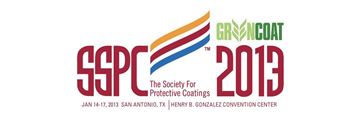Search
Methodology for Coated Infrastructure Inspection by Mobile Potentiostat
Also Purchased
02334 THE USE OF MULTIPLE REFERENCE ELECTRODES IN EN MEASUREMENTS
Product Number:
51300-02334-SG
ISBN:
02334 2002 CP
Publication Date:
2002
$20.00
Comparing Multiple Weathering Techniques Among Various Coatings Chemistries
Product Number:
41213-762-SG
Publication Date:
2013
$20.00
Paint Inspection From the Coating Manufacturer’s Perspective
Product Number:
41215-894-SG
Publication Date:
2015
$20.00




